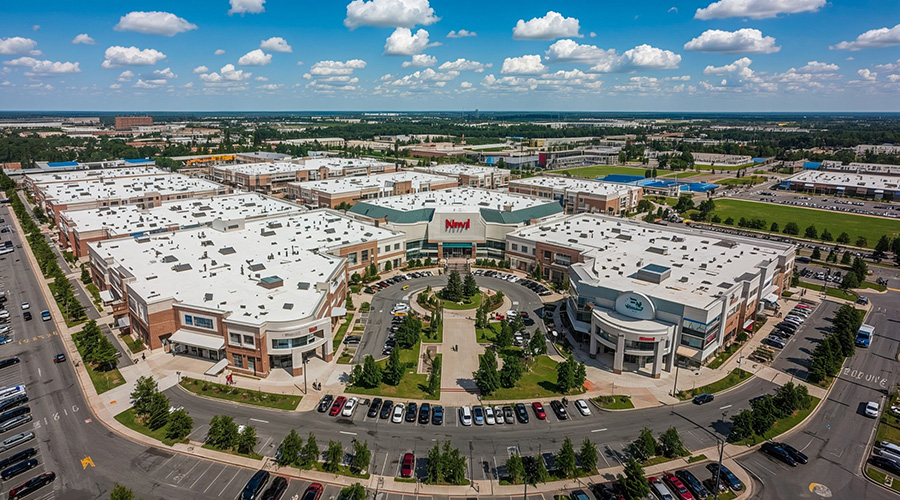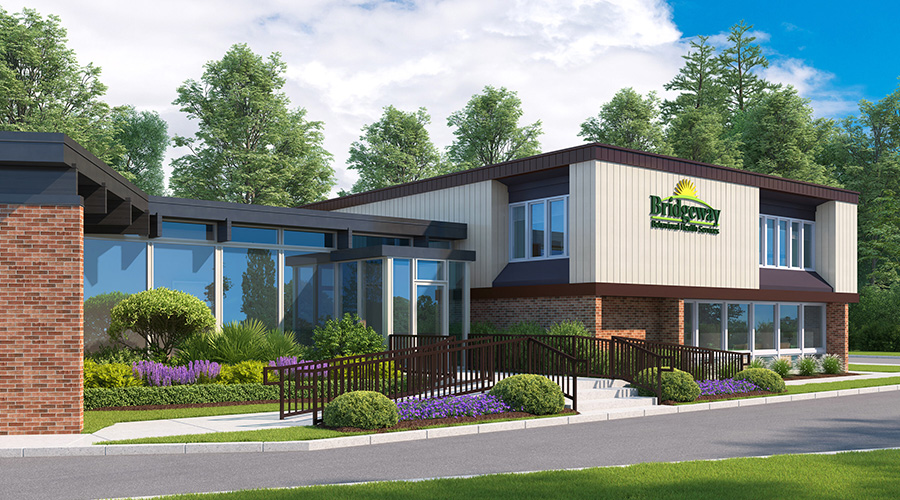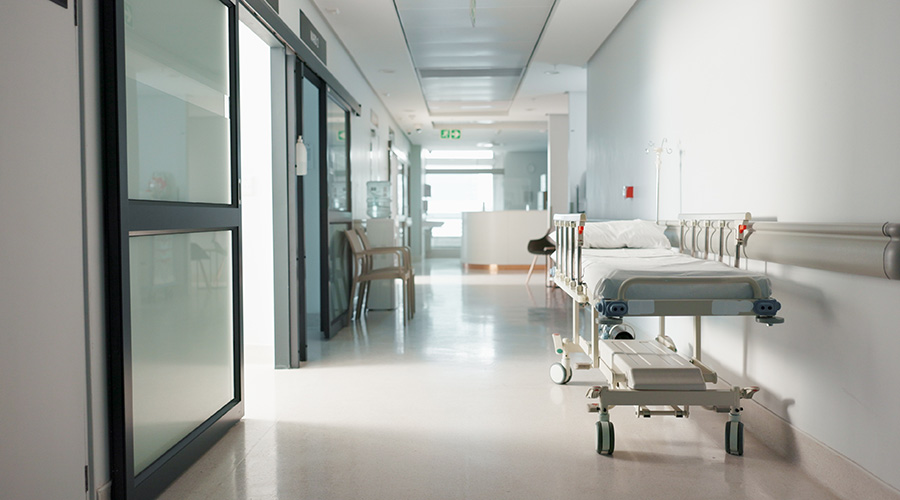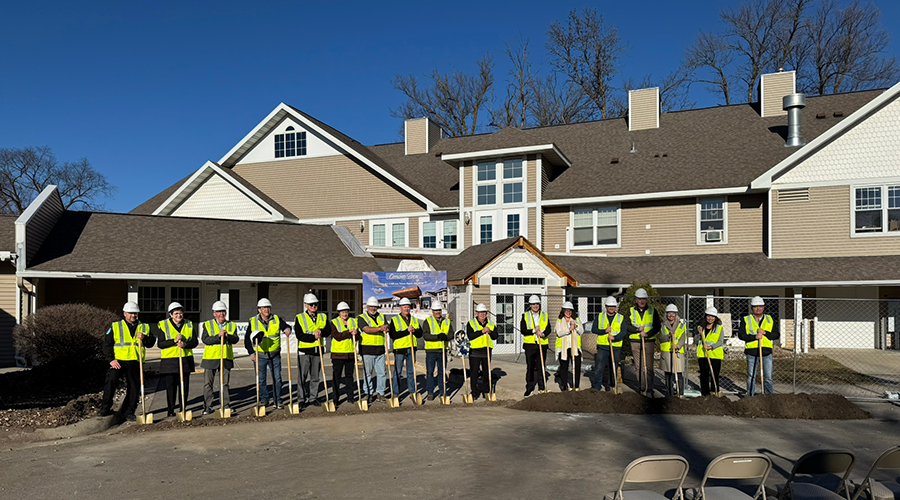One trend that will challenge designers of emergency departments during the next decade is how EDs can address the medical concerns of the non-urgent patient, reduce their overall length of stay and improve customer satisfaction, according to a blog on the Medical Construction & Design website.
"Low-acuity patients are most efficiently handled in a vertical treatment room — a space that allows for the patient to remain in an upright posture. It speeds up the processing of various patient types by treating and releasing non-urgent patients, or beginning treatment protocols on higher-acuity patients, requiring less space than a conventional ED exam room," wrote Michelle Mader and Kathy Clarke of FreemanWhite.
Chairs have smaller ecological footprints than beds and studies have concluded that it takes much longer to get patients off a stretcher and dressed, than if the ED staff addressed their minor complaint, the blog said. The verticality policy also creates a mental and somewhat physical barrier between patients with marginal and critical conditions. Plus, recliner chairs can be made into stretchers if the patient condition changes.

 Healthcare Is the New Retail
Healthcare Is the New Retail Bridgeway Behavioral Health Services Launches Campaign to Renovate Health Center
Bridgeway Behavioral Health Services Launches Campaign to Renovate Health Center Ground Broken for New North Dakota State Hospital
Ground Broken for New North Dakota State Hospital AI Usage for Healthcare Facilities
AI Usage for Healthcare Facilities Ground Broken on Pelican Valley Senior Living Modernization Project
Ground Broken on Pelican Valley Senior Living Modernization Project